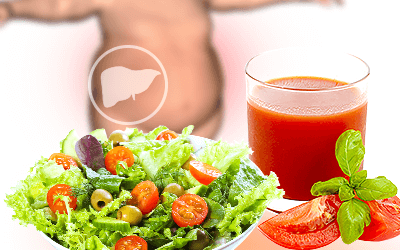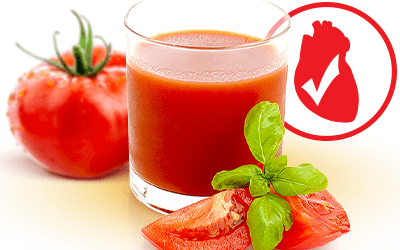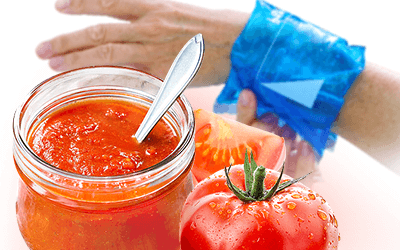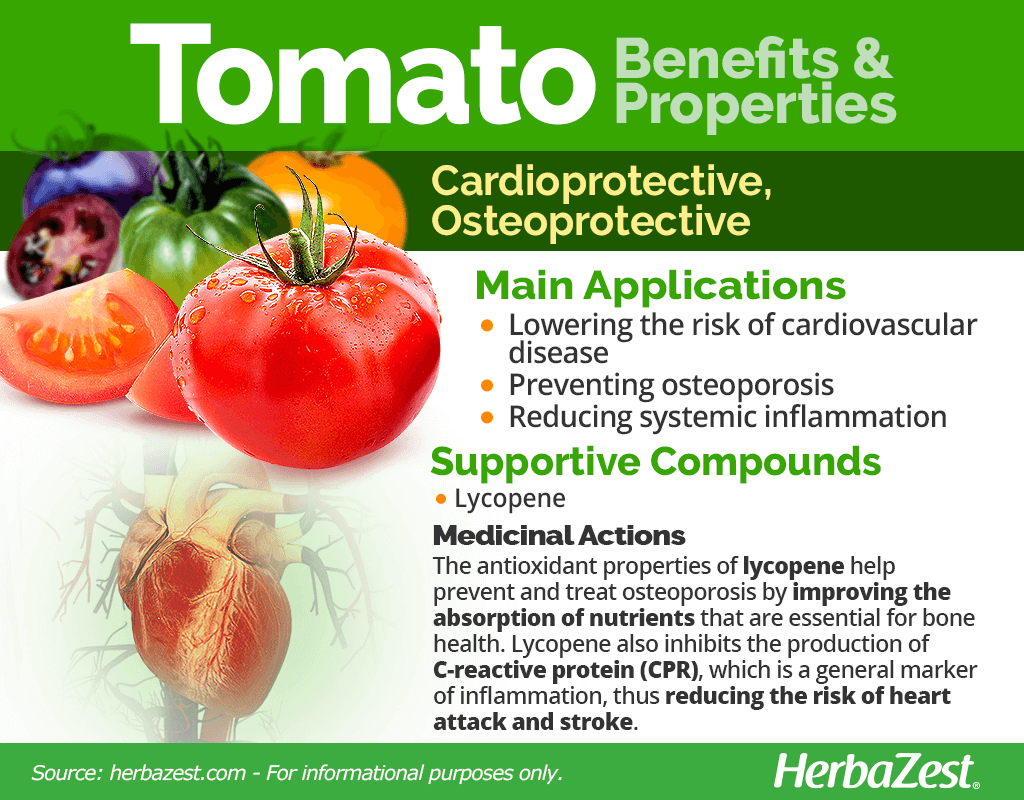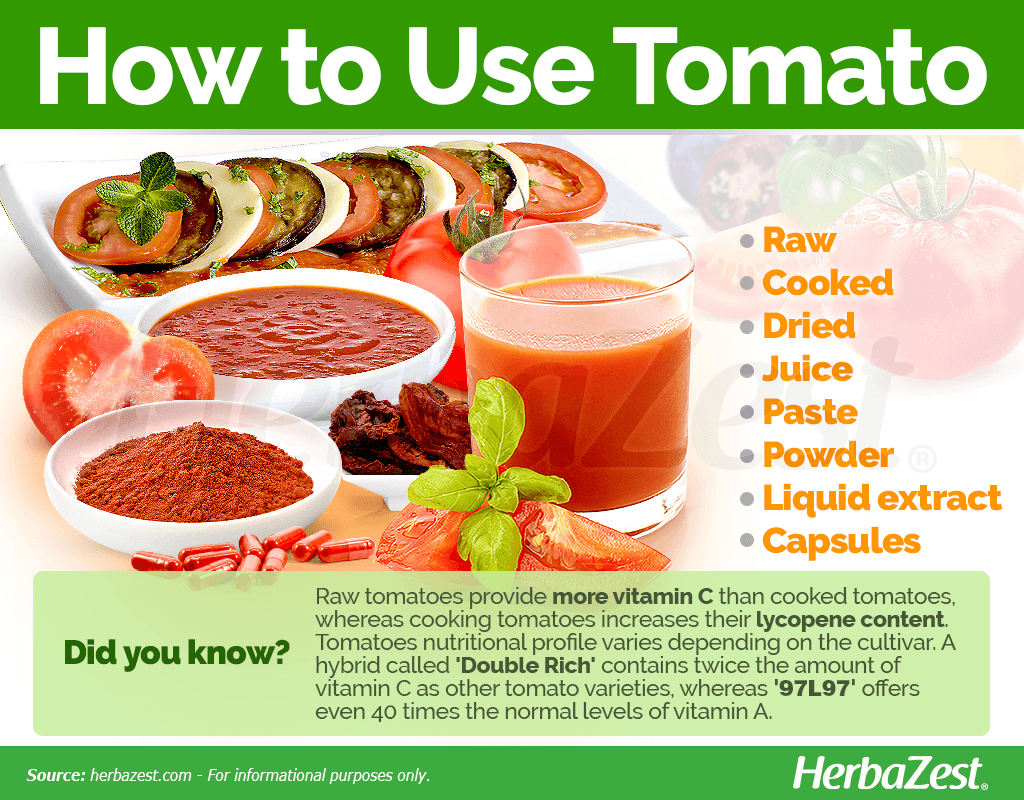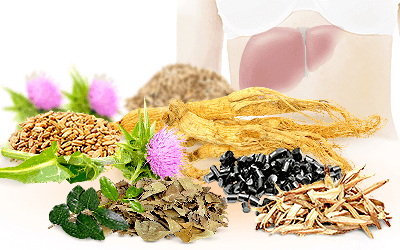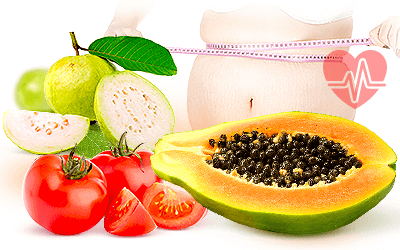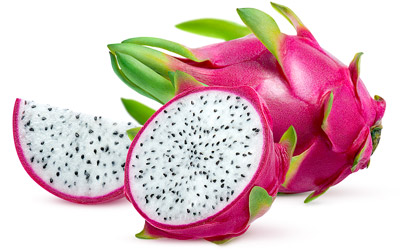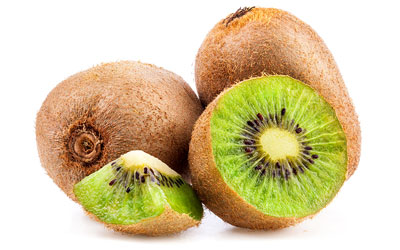Hailing from South America, the tomato is appreciated throughout the world for its great flavor and endless culinary possibilities. Although it is known that tomatoes (botanically categorized as fruits), are highly nutritious, their great health benefits go beyond common knowledge, and scientists are still investigating the mechanisms of action behind their medicinal properties.
Tomato Medicinal Properties
- Medicinal action Cardioprotective, Osteoprotective
- Key constituents Lycopene
- Ways to use Capsules, Liquid extracts, Food, Juiced, Powder, Dried
- Medicinal rating (3) Reasonably useful plant
- Safety ranking Safe
Health Benefits of Tomato
Tomato's medicinal value is mostly preventative and stems from its nutritional profile. Extensive scientific research has been done regarding the health benefits of eating tomatoes. Many studies suggest that tomatoes can be helpful for:
Lowering the risk of cardiovascular disease. The nutrients in tomatoes have been associated with beneficial cardioprotective effects, including the reduction of cholesterol levels and blood pressure.1
- Improving lipid metabolism. Studies have shown that eating tomatoes can have beneficial effects on lipid levels, decreasing major health risks.2
Additionally, tomatoes have been found to be useful for:
Preventing osteoporosis. The high levels of antioxidant compounds in tomatoes have shown beneficial in preventing bone mineral loss, thus helping treat osteoporosis in postmenopausal women.3
Reducing systemic inflammation. The bioactive compounds in tomatoes are thought to influence external and internal inflammatory processes, helping reduce swelling and irritation.
Additionally, because of its anti-inflammatory effects, tomatoes contribute to alleviate gingivitis as well as sunburns. A study found that ttomato juice supplementation has liver-protecting effects on children with non-alcoholic fatty liver disease.4
How It Works
A high concentration of lycopene, a bright red pigment found mostly in the skin of these fruits, is responsible for most health benefits of tomatoes thanks to its antioxidant action. Other carotenoids, such as beta-carotene, lutein, and zeaxanthin are also present, as well as coumaric and chlorogenic acids.
TOMATO CAN REDUCE INFLAMMATION IN THE BODY DUE TO ITS ANTIOXIDANT COMPOUNDS.
The role of lycopene in helping prevent and treat osteoporosis has so far been based on its potent antioxidant properties, which improve the absorption of nutrients that are essential for bone health. A study has also shown that tomato's lycopene can protect men from prostatic disease.5
Additionally, lycopene has been inversely linked to levels of C-reactive protein (CRP), which is produced in the liver and it is considered as a general marker of inflammation. The presence of increased levels of CPR is strongly associated with a higher risk of heart attack and stroke. Lycopene has been shown to inhibit the production of CRP, thus contributing to alleviate inflammation and improve cardiovascular health.
Other herbs that provide cardioprotective benefits are olive and sacha inchi, whereas spinach and soy also promote healthy bones.
Tomato Side Effects
Tomatoes contain L-glutamate, which is an amino acid that occurs naturally in many vegetables. In tomatoes, glutamate levels increase during fruit ripening. An excessive consumption of glutamate may trigger adverse reactions in sensitive people. Symptoms include headache, a burning sensation on the back of the neck, chest tightness, nausea, diarrhea, and sweating.
Allergic reactions to tomatoes are uncommon; however, some individuals sensitive to nightshade species may experience hives, dermatitis, oral allergy syndrome, rhinitis, and abdominal pain.
Tomato Cautions
Although this is a rare occurrence, asthma attacks may get worse after people with this health condition ingest foods containing glutamate, such as tomatoes. There are not known drug interactions for tomato.
Tomato Nutrition
There are many varieties of tomatoes, and some of them have been developed to enhance their nutritional content. A hybrid cultivar, called 'Double Rich', contains twice the amount of vitamin C as other tomato varieties, whereas '97L97', offers even 40 times the normal levels of vitamin A.
The tomato is a nutrient-rich vegetable, providing good levels of dietary fiber, as well as variable amounts of all essential minerals and vitamins.
In spite of citrus fruits widespread reputation as the best sources of vitamin C (ascorbic acid), raw tomatoes offer high levels of this powerful antioxidant, which not only boosts immunity, but also aids plant based iron and calcium absorption, thus contributing with red blood cells production, as well as with bones and heart health.
Tomatoes also contain good amounts of vitamin K (phylloquinone), necessary for proper coagulation and wound recovery. Moreover, these vegetables provide vitamin A (through lycopene and other carotenoids), which is crucial for immunity, as well as for cellular regeneration and skin health.
The vitamin content of tomatoes is rounded by vitamin E, crucial for cells metabolism, as well as for immune and vascular functions; and all B-complex vitamins, mainly: B3 (niacin), for adrenal health, as well as for improving circulation and reducing inflammation; B6 (pyridoxine), for brain development and function, mood stability and proper B12 absorption; and B9 (folate), necessary for fetal development, as well as for red blood cells production.
Tomatoes are also rich in essential minerals, offering good amounts of copper, which promotes healthy blood vessels, nerves, immune system, and bones; magnesium, which helps the body form connective tissue, also aiding with blood clotting and sex hormones; potassium, for blood pressure control and cardiovascular health; and manganese, crucial for protein synthesis, muscle and nerve function, blood glucose control, and blood pressure, as well as for energy production.
A cup of fresh tomatoes (180 g) provides 32 calories and 9% of the recommended daily value for dietary fiber.
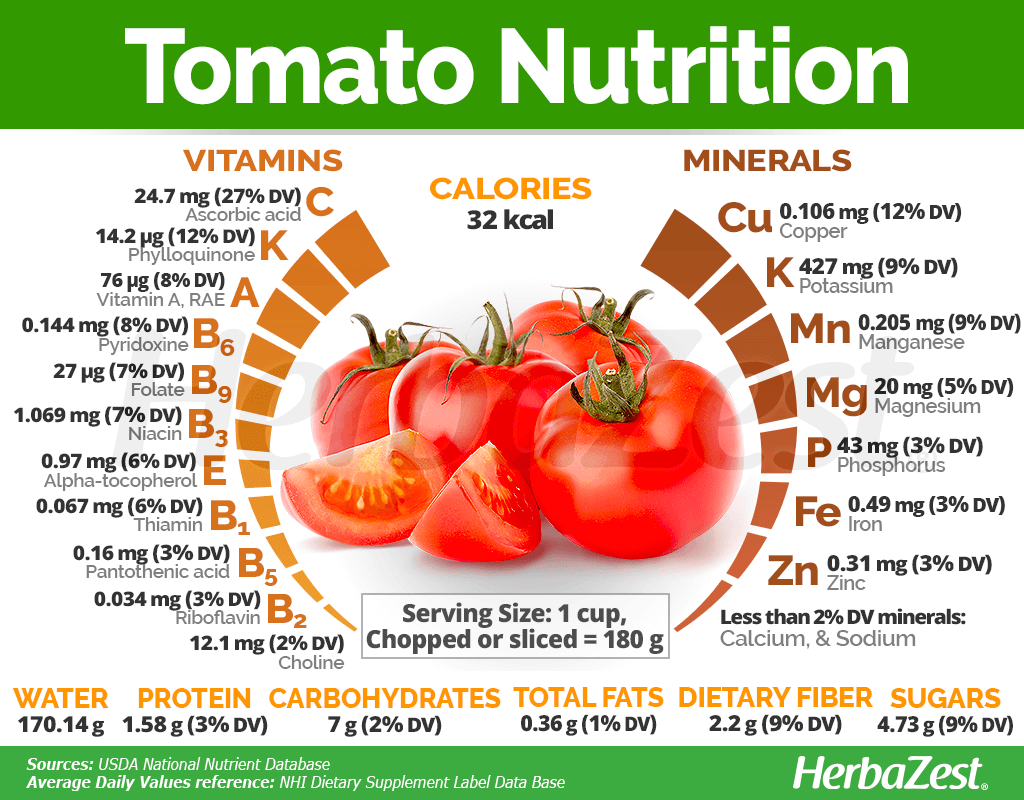
How to Consume Tomato
- Edible parts Fruit
- Edible uses Flavoring, Coloring, Condiment, Beverage
- Taste Sweet
Tomato is enjoyed primarily as a culinary ingredient, though recent interest in its antioxidants has given rise to herbal preparations and supplements for medicinal purposes.
Natural Forms
Raw. Raw tomatoes have more vitamin C than cooked tomatoes.
Cooked. Cooking tomatoes increases their lycopene content.
Dried. Tomatoes tend to retain the same nutrient content after having been sun-dried, though as part of this process, they may have added salt.
Juice. Tomato juice has a higher antioxidant capacity than fresh tomatoes.
Paste. Lycopene is more bioavailable in tomato paste than in fresh tomatoes.
- Powder. Dried and finely ground, tomatoes have a longer shelf-life and can be used for culinary purposes, as well as for nutrient rich smoothies and juices.
Tomato can also be processed into sauce or oil, and it can be canned for storage.
Herbal Remedies & Supplements
Liquid extract. The anti-inflammatory, antioxidant tomato properties are concentrated in this remedial form.
Capsules. For medicinal purposes, tomato's lycopene is typically processed into capsules and tablets.
Buying
- Where to buy Supermarkets, Farmers' markets, Specialized health stores, Online herb stores, Organic markets
Natural Forms
Fresh tomatoes are usually in season in temperate climates starting in late spring and lasting through midsummer. They are widely available in farmers' markets and grocery stores. However, supermarkets that have access to supplies from subtropical areas generally carry the fruit year-round.
Herbal Remedies & Supplements
Lycopene supplements are quite commonly found anywhere that herbal products are sold, including health food stores, wholesale retailers, and particularly big online retailers, which usually offer a wider variety of brands and different concentrations of bioactive ingredients. Lycopene frequently come in either gel capsules or liquid extract forms, both considered equally beneficial.
Growing
- Life cycle Annual
- Harvested parts Fruit
- Light requirements Full sun
- Soil Peaty
- Growing habitat Temperate climates, Subtropical regions
- Planting time Early spring
Tolerant to a wide range of climatic differences, the tomato plant is ease to be grown at home.
Growing Guidelines
Tomatoes grow best at temperatures of 70 - 80°F (21 - 27°C) and die at temperatures below 32°F (0°C).
Tomato plant seeds should be sown indoors, during early spring, in fertile soil which is rich in calcium.
When the seedlings are strong enough and the danger of frost has passed, the tomato plants can be transplanted near other vegetables, such as asparagus and parsley, but never in the vicinity of fennel or potatoes, since these plants can spread diseases to tomatoes.
A pH in the range of 6.0 - 6.5 is optimum for the tomato plant growth. Adding organic matter, such as compost, peat moss, rotted leaves, and manure before planting will improve nutrient's content and water holding capacity.
- Tomatoes need 1 - 1.5 inches (2.4 - 3.8 cm) of water per week.
- Training the tomato vine around a wooden pole will support fruit propagation, which should occur no later than 80 days after planting.
Most varieties of tomato will still be slightly green when picked but will ripen after that when exposed to sunlight.
Additional Information
- Other uses Cosmetics, Repellent
Plant Biology
The tomato plant (Solanum lycopersicum) can grow up to six feet (2 m) tall and half as wide, producing a vine-like stem with lobed, hairy leaves that wrap around other plants to support the weight of its fleshy fruit, which ranges in color from green to yellow-orange, to various shades of red, and even bluish purple, coming in different sizes and emerging from yellow, five-pointed flowers.
Classification
A member of the Solanaceae, or nightshade family, the tomato (Solanum lycopersicum, previously known as Lycopersicon esculentum) is classified among over 2,700 species of flowering plants, including potato (Solanum tuberosum), eggplant (Solanum melongena), goldenberry (Physalis peruviana), and bell pepper (Capsicum annuum).
Varieties and Cultivars of Tomato
Due to their extreme popularity, tomatoes can be found in thousands of cultivars today, differing mainly in size, shape, color, and flavor. The most popular ones are 'beefsteak', known for their large size, and 'cherry', known as being miniature; whereas 'paste' tomatoes are elongated and have little gelatinous covering around the seeds inside the fruit, which recommends them for use in canning or making sauces.
These umbrella categories are further broken down into innumerable specific hybrids to suit every need. For example, 'blue' tomatoes contain a powerful antioxidant called anthocyanin, while 'Double Rich' have twice the amount of vitamin C as other tomato varieties, and '97L97' provides 40 times more the normal vitamin A levels.
Historical Information
Tomatoes originated in South America, specifically in Peru, Bolivia, Chile and Ecuador, but they also played an important role in the Aztec culture, as a source of nutrition, long before they were discovered by the Spanish explorers.
CHRISTOPHER COLUMBUS AND OTHER EXPLORERS BROUGHT THE TOMATO TO EUROPE by the late 1400s.
The tomato plant made such an impression in Europe that it quickly began to be commercialized internationally, mainly as an ornamental species, for its alleged aphrodisiac properties and for preparing sauces.
In the United Kingdom, however, the tomato was considered a poisonous species, because it belonged to the Solanaceae family, and this bad reputation was exported to North America thanks to the British colonists. Popular opinion did not change in that part of the world until the late 18th century, when tomatoes began to be grown and consumed across the imperial colonies.
Popular Beliefs
When tomatoes where brought to North America, they were preceded by a very bad reputation for being part of the nightshade family, whose members were believed to be be poisonous in large amounts. Consequently, American people refused to either cultivate or eat the vegetable for most of the 18th century.
Things slowly started to change since 1820, when a man named Robert Gibbon Johnson publicly dared to eat a raw tomato in front of Salem's courthouse (New Jersey) and, to everyone's surprise, he survived. A decade after this historical event, tomatoes were growing across North America and started to be considered as a food with nutritional benefits.
Economic Data
Considered the second most popular "vegetable" in the world after the potato, tomato's importance to the global economy is vast, generating an estimated $159 million USD worldwide in 2011 alone.
Approximately 92% of tomato production worldwide comes from the Northern Hemisphere, where the harvest takes place from July to September. The United States is currently the largest producer of tomatoes, accounting for 35% of the global market. Other big producers are China (13%), Italy (12%) and Turkey. The rest of tomatoes is harvested in the Southern Hemisphere (Chile, Brazil, Argentina, Australia) from January to April.
In the U.S., large-scale cultivation of tomatoes occurs in 20 states, though 96% comes from California.
U.S. corporations like the Heinz Company - which uses over two million tons of tomatoes in their products each year - and Campbell's Soup dominate the industry, but the plant is also widely sold for home garden use.
Other Uses
Skin care. A staple of amateur home gardens, pulped tomato is also considered a beneficial homemade skin wash for oily skin, and its seed oil can be incorporated into soaps and facial masks.
Repellent. Its natural aroma is believed to be a potent insect repellent, and its leaves can make an insecticide powerful enough to be poisonous to humans.
Sources
- Allergy and Asthma Proceedings, Severe tomato allergy (Lycopersicon esculentum), 2002
- Amino Acids, Free amino acid production during tomato fruit ripening: a focus on L-glutamate, 2010
- Annual Review of Food Science and Technology, An Update on the Health Effects of Tomato Lycopene, 2010
- Asthma and Allergy Foundation of America (AAFA), Adverse Reactions to Food Additives
- Clemson University, Cooperative Extension, Tomato
- Cornell University, Italian chefs knew it all along: Cooking plump red tomatoes boosts disease-fighting, nutritional power, Cornell researchers say
- Critical Reviews in Food Science and Nutrition, Tomatoes and Cardiovascular Health, 2003
- Endocrinology Rounds, Will Tomatoes Prevent Osteoporosis?
- European Food Information Council, The Origins of Tomatoes
- Exercise Psychology
- International Food Information Council Foundation, Review on Monosodium Glutamate:Examining the Myths
- Journal of Pharmacognosy and Phytochemistry, Tomato - A Natural Medicine and its Health Benefits, 2012
- Oregon State University, OSU researchers add potential health benefits to tomatoes
- Penn State University, Extension - Tomato Production
- Rutgers, The State University of New Jersey, Double Rich
- The British Journal of Nutrition, Tomato juice consumption reduces systemic inflammation in overweight and obese females, 2013
- The World Processing Tomato Council
- University of California, Department of Agriculture and Natural Resources: Tomato Varieties 2013 - Master Gardeners of San Mateo and San Francisco
- USDA Plants Database, Vegetables and Pulses: Tomatoes
- FAOSTAT, Tomatoes
- USDA Nutrient Database, 11529, Tomatoes, Red, Ripe, Raw, Year Round Average
- American Cancer Society, Lycopene
- American Journal of Clinical Nutrition, Lycopene is more bioavailable from tomato paste than from fresh tomatoes, 1997
- Royal Horticultural Society, Grow Your Own Tomatoes
- Food and Drug Administration, Questions and Answers on Monosodium glutamate (MSG)
- Nutrition Journal, Tomato juice intake increases resting energy expenditure and improves hypertriglyceridemia in middle-aged women: an open-label, single-arm study, 2015
Footnotes:
- Plant Foods for Human Nutrition. (2019). Comparison of Polyphenol-Enriched Tomato Juice and Standard Tomato Juice for Cardiovascular Benefits in Subjects with Stage 1 Hypertension: A Randomized Controlled Study. Retrieved December 17, 2020 from https://pubmed.ncbi.nlm.nih.gov/30661220/
- Nutrients. (2019). Effect of 12-Week Daily Intake of the High-Lycopene Tomato (Solanum Lycopersicum), A Variety Named "PR-7", on Lipid Metabolism: A Randomized, Double-Blind, Placebo-Controlled, Parallel-Group Study. Retrieved December 17, 2020 from https://pubmed.ncbi.nlm.nih.gov/31130668/
- Journal of Translational Medicine. (2020). Lycopene and bone: an in vitro investigation and a pilot prospective clinical study. Retrieved December 17, 2020 from https://translational-medicine.biomedcentral.com/articles/10.1186/s12967-020-02238-7
- Journal of Clinical Medicine. (2020. Randomised Clinical Trial: Calorie Restriction Regimen with Tomato Juice Supplementation Ameliorates Oxidative Stress. Retrieved December 17, 2020 from https://pubmed.ncbi.nlm.nih.gov/31947953/
- Cancer Epidemiology, Biomarkers & Prevention. (2014). Adherence to dietary and lifestyle recommendations and prostate cancer risk in the Prostate Testing for Cancer and Treatment (ProtecT) trial. Retrieved December 17, 2020 from https://pubmed.ncbi.nlm.nih.gov/25017249/



